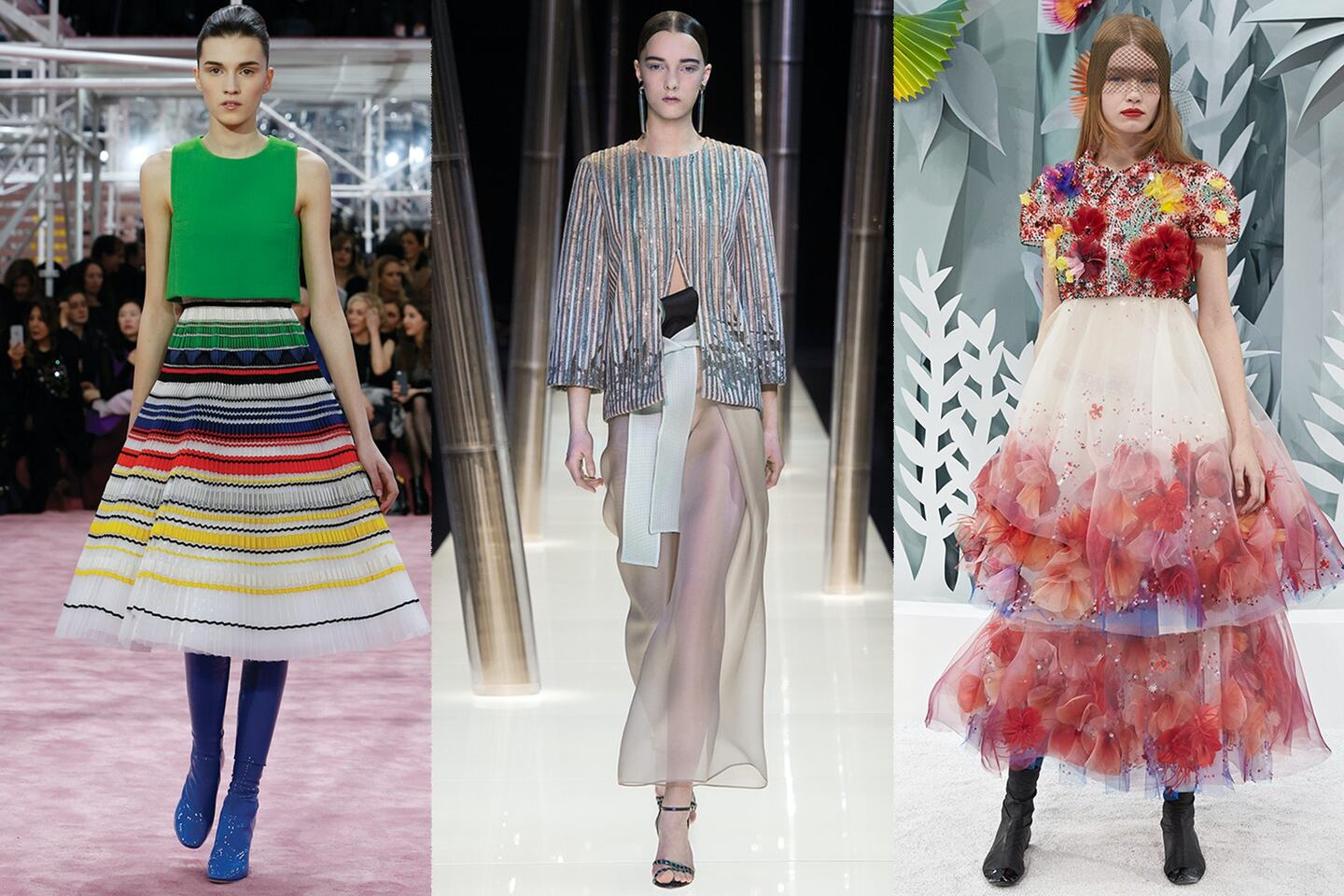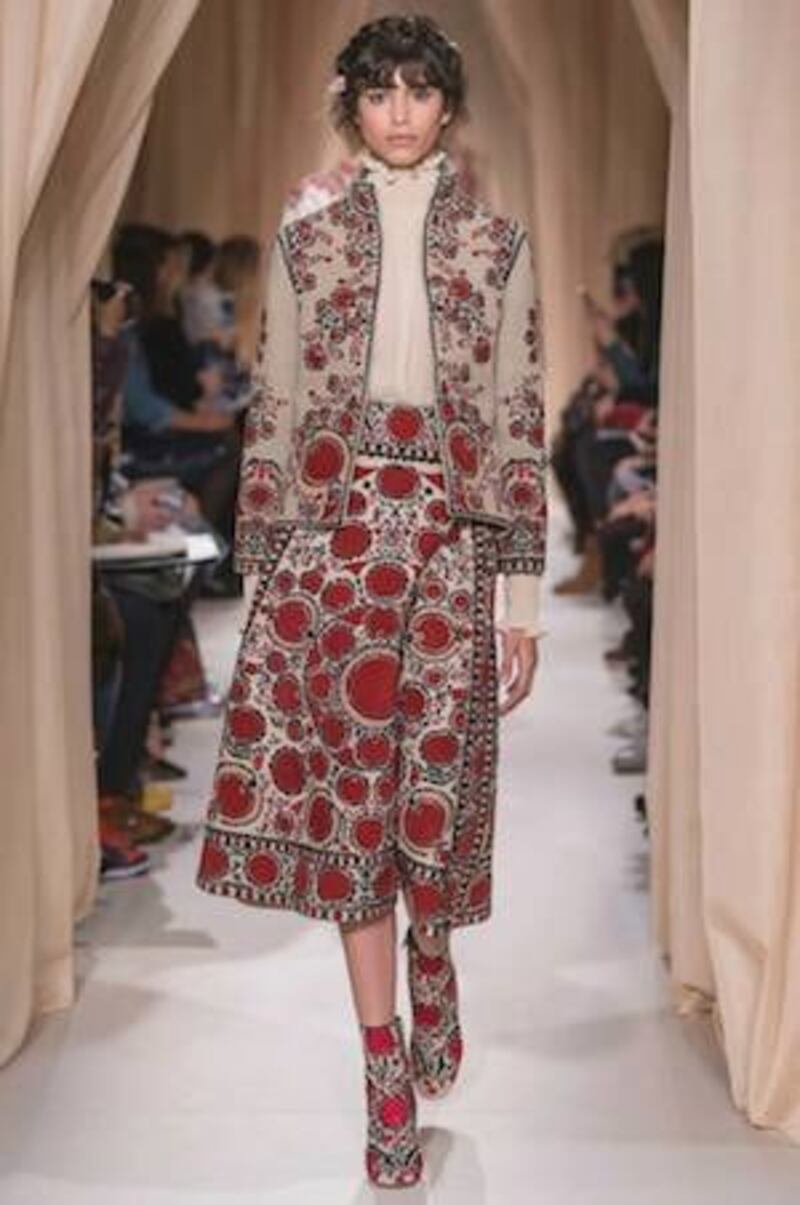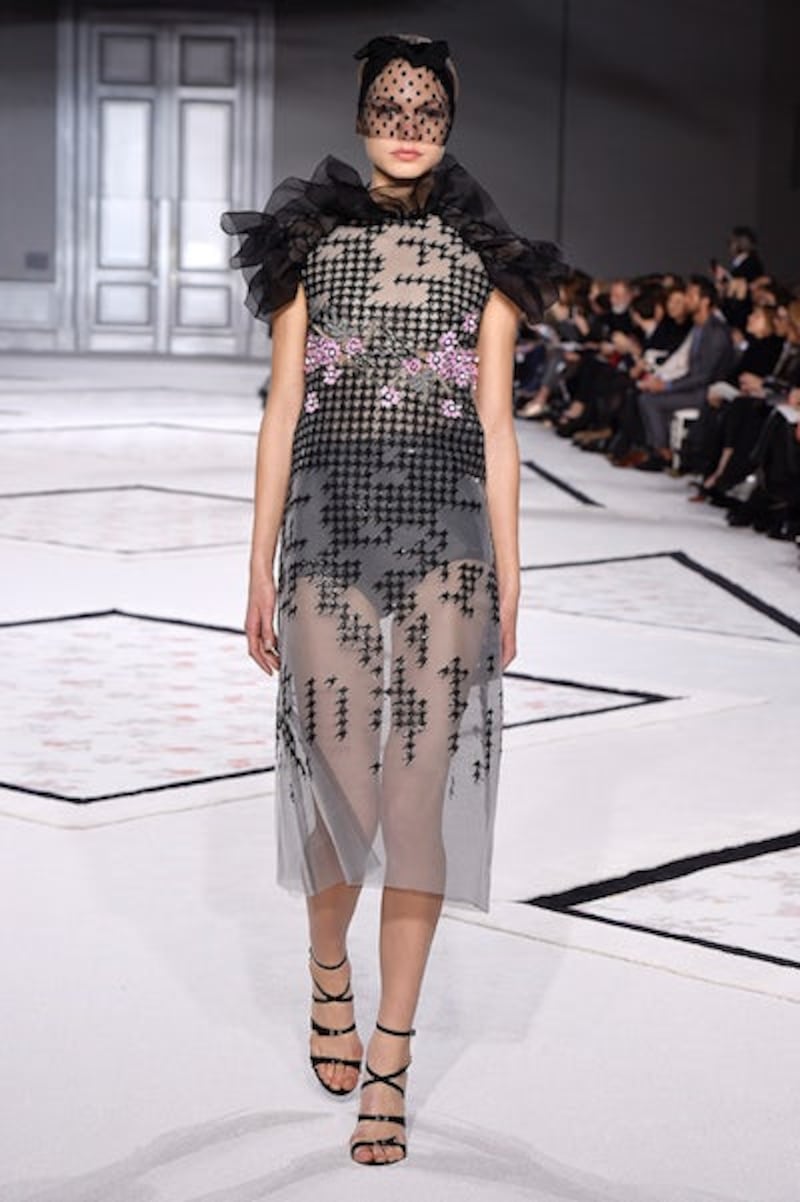
The Business of Fashion
Agenda-setting intelligence, analysis and advice for the global fashion community.

Agenda-setting intelligence, analysis and advice for the global fashion community.

PARIS, France — Compared to the other main fashion weeks, haute couture, which lasts a mere three days and consists of a handful of rarefied shows, is a breeze. Or rather, it used to be. The calendar, of late, has been growing and growing, packed with pre-collections, capsule collections, store openings and book signings.
Opposing forces are driving couture: eccentricity versus normality, bold ideas versus understatement.
Fashion’s hyperactivity is nothing new: it is the unstoppable malaise of today’s industry, which is trapped in a conundrum of manufactured ideas that are more communication tools than design solutions. But, during couture, the frenzy can leave you scratching your head. When pre-collections — the money-making manifestations of a designer's vision — rub shoulders with the artisanal heights of couture — an expression of fashion-making at its most inventive, freed from commercial constraints — it can be disorienting.
You'd expect ready-to-wear — which, despite the language and the tropes used to describe it, is industrialised fashion — to be special but realistic, incredible but possible, striking yet comprehensible. On the other hand, you'd expect couture to be a feat of the imagination, a lavish explosion of fantasy on cloth. But, this season, what you have is the reverse: couture that is simple and subdued and ready-to-wear that is so achingly visual it becomes mere spectacle, better enjoyed on Instagram. Everywhere, the immaterial wins over the material.
Many of the couture collections shown this week in Paris were calm and beautiful, and expressed an idea of luxury that was individual and private, rather than one loudly calling for attention. There were a number of labour intensive creations that did not blatantly declare their monetary value, while remaining entirely unique and made-to-measure by hand.
ADVERTISEMENT
The liquid pantsuits tied at the waist with judo belts at Armani Privé, for instance, were archetypal chic, a far cry from the designer's vision of the working woman. On the other hand, the airy simplicity of the Chanel collection, even if it was a tad too young, was resolutely removed from the familiar extravaganza we are used to from the revered maison. The emphasis, in many cases, was on day dressing — not only occasion dressing — and on a newfound aesthetic serenity.
Couture, being mainly a service, has always catered to the demands of its clients. These clients are now increasingly younger, but fewer in numbers than in the recent past. Russia's economic meltdown and the continuing slowdown in China may both be reasons for the general toning down seen at the couture shows.
But it was not just evidence of a heightened normality — normality in an haute couture sense, of course — that attracted the most attention. Rather, it was the fact that the overall offering encompassed two distinct poles. While, on many catwalks, couture got subtler and subtler, elsewhere there was a potent backlash of invention (though it was still not as blatant as seen at ready-to-wear). At Dior, for instance, Raf Simons continued his relentless path of modernisation and tried with all his force to bring the house codes out of the narrow jolie madame niche. On the whole, he succeeded — this collection was probably his most accomplished so far — but still you feel abstraction in his work, the kind that gives his dresses the aura of beautiful ideas that do not completely match the movements and needs of a living human body. This disconnect creates a charming friction, that's for sure, yet remains unsolved, thus problematic.

Valentino | Source: Valentino
Maria Grazia Chiuri and Pierpaolo Piccioli of Valentino aspire to the title of haute couture's foremost dream-makers. In fact, they might be the last couturiers left in the system who believe in the power of clothes to make you dream, which, in this era of pragmatic cynicism, is a relief. Collection after collection, they endlessly explore the possibilities of the craft, relying on some of the most skilled artisans in the world. Yet, now, they seem to be dishing out so many collections that they are starting to dilute their very own magic through oversaturation. After New York's stellar all-white show, Paris' Russian abundance, encircled in a poetic halo of pure love, was a tad too all over the place, and was far too vintage Yves Saint Laurent in mood — but still magical.

Giambattista Valli | Source: Giambattista Valli
Giambattista Valli is another experimenter, but one who leans towards the strict and the dramatic. Season after season, he keeps exploring the same ideas, sometimes with baroque flourishes, sometimes with architectural spareness, showing a refreshing disdain for the cliché of modernity. The continuity of his work is so consistent, you sometimes wonder whether or not he moves forward. He does, for sure, but in an almost undetectable way. Most of all, Valli is a superb technician, which is rare, making his stylish gestures both bold and assured.
The same does not apply to Donatella Versace, whose Atelier Versace collection shifts from stellar heights to infernal lows, quite easily, generally lacking the immaculate finesse of its heyday, though not the frenzied sexual energy. Sex sells, a lot, but in order to get sexy with couture it must be faultlessly perfect, or it is a mess. And Versace Atelier's last collection was, honestly, a mess of curve cuts that on paper — but only on paper — were a wonderful idea.
ADVERTISEMENT
Which brings us back to the opposing forces driving contemporary couture: eccentricity versus normality, bold ideas versus understatement. Actually, there is no real need to solve the riddle in favour of one or the other, because that tension creates movement, and movement fuels progress.
In general, however, it would be interesting to see some real renewal in the couture iconography, which has been almost the same for fifty years. Maybe the rise of an aesthetic that, while being averse to the superficial flamboyancy that is so relevant today, could embrace something a little more challenging than normality, and be less overtly referential to the past.
Couture is, by definition, conservative, but the status quo can be broken. Think of what André Courrèges and Pierre Cardin did in their day, and Madeleine Vionnet before them. They succeeded because they found new clients by catering to the needs of the evolved and the emancipated.
Experimentation is good, but it only becomes relevant when it stops being a stylistic exercise and turns into something that rewrites the relationship between body and dress, altering or evolving the perception of the individual within society. Call it inspired pragmatism.
For the time being however, couture lingers in a foggy, if wonderful, limbo.
The guidance was issued as the French group released first-quarter sales that confirmed forecasts for a slowdown. Weak demand in China and poor performance at flagship Gucci are weighing on the group.
Consumers face less, not more, choice if handbag brands can't scale up to compete with LVMH, argues Andrea Felsted.
As the French luxury group attempts to get back on track, investors, former insiders and industry observers say the group needs a far more drastic overhaul than it has planned, reports Bloomberg.
After growing the brand’s annual sales to nearly €2.5 billion, the star designer has been locked in a thorny contract negotiation with owner LVMH that could lead to his exit, sources say. BoF breaks down what Slimane brought to Celine and what his departure could mean.